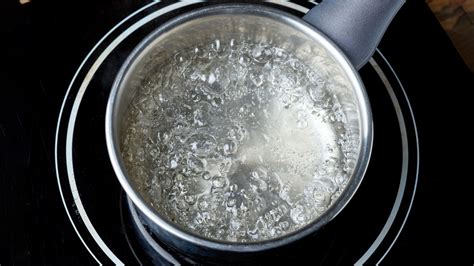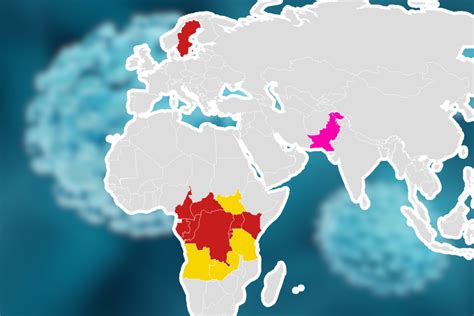In a world where microplastics have stealthily made their way into our organs and tissues, the simple act of boiling water before consumption is being hailed as a game-changer by researchers. Microplastics, those tiny particles that permeate our food, drinks, and even the air we breathe, pose a significant health risk. But what if the solution to this modern-day menace was as straightforward as turning up the heat on your kettle?
Uncovering the Study
A study conducted by researchers in China unveiled an intriguing revelation – boiling water could be the key to reducing microplastics in drinking water. By subjecting water of varying hardness levels to a five-minute boil after adding nanoplastics and microplastics, the researchers observed a remarkable decrease in contamination levels. The process successfully eliminated up to 90% of nanoplastics in very hard water, indicating a promising strategy for curbing human exposure to these harmful particles.
Expert Insights
Zimin Yu, a biomedical engineer from Guangzhou Medical University and one of the study authors, emphasized the significance of this finding. Yu highlighted how this simple yet effective method could offer long-term benefits by mitigating human intake of microplastics through drinking water. The research team underscored that while boiling water might not be a novel concept in certain Asian countries like China and Vietnam, its potential impact on reducing global microplastic exposure is profound.
The Science Behind Boiling
But how does boiling actually help eliminate microplastics? Researchers theorize that minerals present in hard water, such as calcium carbonate, play a crucial role in trapping these minuscule plastics. As water temperature rises during boiling, these minerals form limescale that encapsulates the microplastics. To maximize this effect, experts recommend using non-plastic kettles and stainless steel filters to retain the limescale containing trapped microplastics.
Implications for Human Health
The implications of widespread microplastic contamination on human health cannot be understated. Studies have started linking these pervasive particles to various health issues including heart problems and neurological conditions like dementia. While observational studies have shown correlations between microplastic presence and health risks, establishing causality remains an ongoing challenge for researchers.
Looking Ahead
The Chinese research team advocates for further exploration into whether boiling water can serve as a shield against other artificial materials infiltrating our bodies. They stress the need for expanded research with larger sample sizes to solidify their findings and potentially revolutionize how we combat microscopic threats lurking in our daily lives.
By adopting something as basic as boiling our drinking water, we might just be taking one small step towards safeguarding ourselves from an invisible yet pervasive adversary – microplastics.







Leave feedback about this